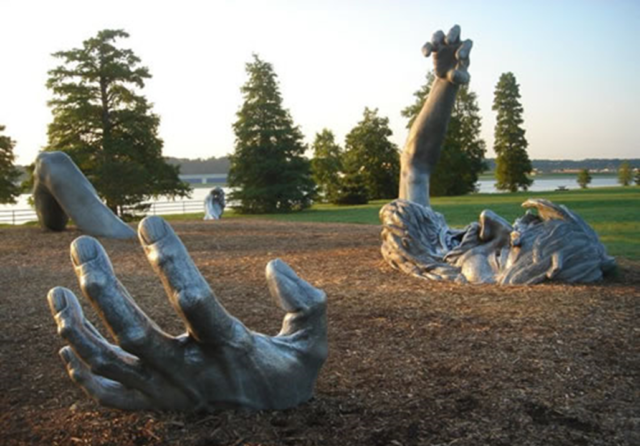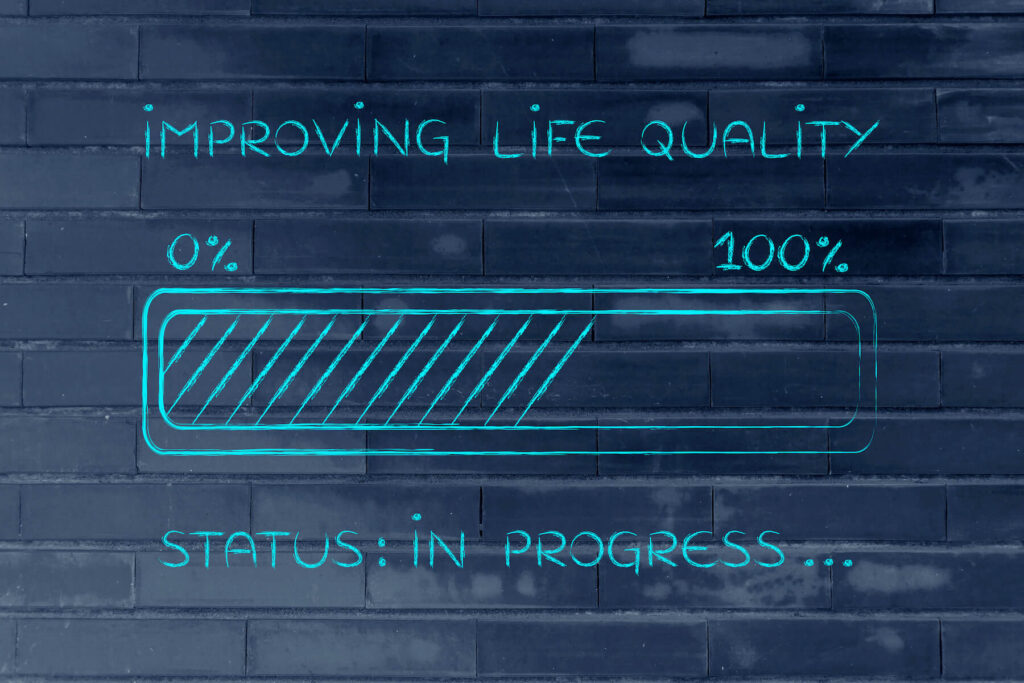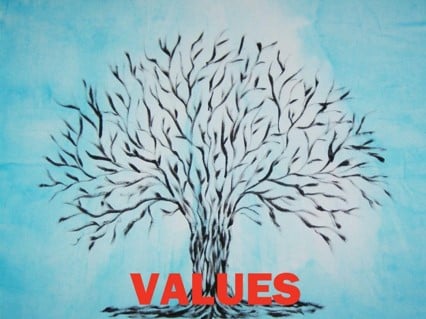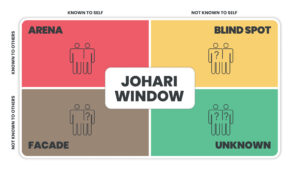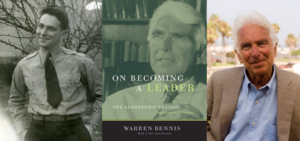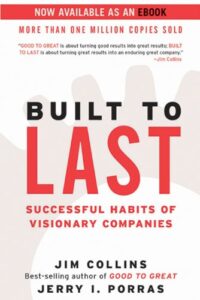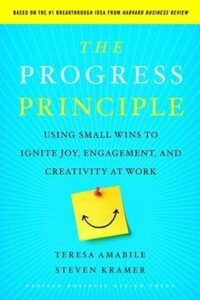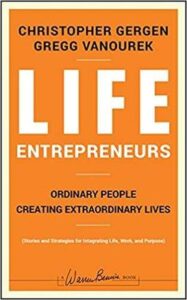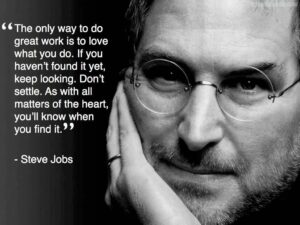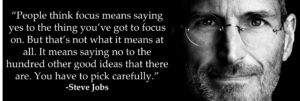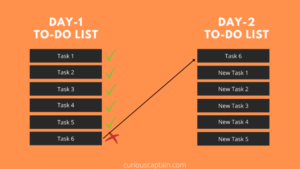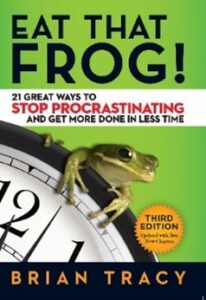We often take for granted that advice is beneficial, but it has several hazards that are frequently overlooked. Often, it’s resisted or resented. Sometimes, it does more harm than good.
What to do, then, instead of giving advice? Here are 18 suggestions for how to help people without giving them advice:
1. Ask and listen. When people come to you seeking help, ask questions—ideally guiding questions that allow them to tap into their intuition, judgment, and deeper wisdom. Avoid jumping in to fill the silence. Give their thoughts and ideas time to percolate.
2. Clarify. Ask many questions to clarify the situation, people involved, and the relevant factors. How can you help if you don’t understand the context?
3. Invite their ideas. Don’t just leave room in the conversation for their initiative and creative ideas. Invite and celebrate them. Here are some things you could say:
What do you think?
If you had to get started on this right now, what would you do?
How could you make this work?
What are some possibilities to consider?
Focus on tapping into their inner wisdom and soliciting answers from them instead of handing down your own proclamations.
4. Detach from the results. Offer your help without attachment to what the person decides to do, or to the results. Guard against the sneaky arrival of your ego in the conversation, because it will place the focus on you instead of the person you’re trying to help.
5. Engage your heart. Share from your heart, not from a place of wanting to be right or needing to save or persuade the person. Invite their heart and wisdom into the conversation as well.
6. Provide space. Give the person space to express their own perspective, including concerns and fears.
7. Be humble. Approach the situation with humility. Share your ideas and perspectives when appropriate (especially when asked), but allow for the fact that you may be missing something and that there may be multiple ways to address it. Recall that you don’t have all the facts and may be missing essential parts of the puzzle. Keep in mind that smart and experienced people often disagree about what to do with many situations.*
8. Focus on exploration, not certainty. Preface any input you provide by acknowledging you’re in exploration mode, not in certainty mode. For example:
Let’s bounce some ideas off each other.
This may be off but…
One idea could be…
What would you think about…
9. Empathize and offer emotional support. Don’t jump in without first pausing to observe how difficult this must be for them. Show them you recognize that—and that you care.
10. Walk alongside. Emphasize collaboration, not instruction or direction. Consider actually going for a walk so you’re literally side by side instead of facing each other.
11. Show loyalty. Have the person’s back and be totally committed to their success.
12. Show respect. Show the person deep respect with your presence and attention while acknowledging the difficulty and complexity of the situation at hand.
13. Demonstrate belief. Show them you believe in them and trust them to solve the problem. Express your confidence in them.
14. Place them in the starring role—and keep them there. It’s their challenge and their life, so the solution should come from them. Will you be the Samwise Gamgee to their Frodo? The Peeta to their Katniss Everdeen? The Mr. Miyagi to their Karate Kid? The Minions to their Gru?
15. Determine the most valuable form of help in the situation. There are many different forms of help beyond advice: input, reactions, feedback, constructive criticism, guidance, coaching, mentoring, dialogue, reframing, and more. Even playing the devil’s advocate or setting a good example. Don’t assume that because someone comes to you asking for advice that advice-giving is warranted. Read the person and the situation. Maybe they need help seeing the big picture? Or a deep dive on the root causes? Maybe they need wisdom and discernment instead of a quick fix? Perhaps they really need encouragement, motivation, or inspiration and not “the answer” handed to them on a silver platter. Or maybe they just need a sounding board—or an opportunity to brainstorm together without judgment. Or empathy and understanding. In most cases, guiding and coaching are much more helpful than giving advice.
16. Accept them as they are. Don’t try to change or control them. Help them find their own way through their travails given their personality, preferences, passions, and values, not yours.
17. Share your personal experience when appropriate. Let them draw their own conclusions. Don’t assume that because something worked out for you that it means they need to do things the way you did. Different person, different situation.
18. Lead by example. Perhaps most important of all, focus on setting a good example by what you do instead of doling out advice. Your example is your most influential tool.
“A good example has twice the value of good advice.”
-Albert Schweitzer, humanitarian, philosopher, and physician
Conclusion
Yes, advice can help sometimes, but too often it’s lame and ineffective, an ego boost for the giver but a downer for the receiver. Why not up your game by really thinking through how to support someone without stepping on them?
(This article is second in a three-part series on advice. Check out the other articles: “The Hazards of Advice” and “How Advice Gets Ruined by Cognitive Biases.”)
Tools for You
- Traps Test (Common Traps of Living) to help you identify what’s getting in the way of your happiness and quality of life
- Quality of Life Assessment to help you discover your strongest areas and the areas that need work and then act accordingly
- Strengths Search to help you identify your core strengths and determine how to use them more in your life and work
Related Articles
- “The Hazards of Advice”
- “How Advice Gets Ruined by Cognitive Biases”
- “How to Give Effective Feedback—A Communication Superpower”
- “Escaping the Trap of Our Ego”
- “The Hidden Trap Catching Many High-Achievers”
- “Why We Need More Coaching Leaders”
- “The Three Most Important Things Leaders Can Say to Their Teams”
- “Great Questions Leaders Should Be Asking”
- “The Power of Reframing to Change Our Outlook”
Postscript: Inspirations on “Don’t Give Advice”
- “Nobody can give you wiser advice than yourself.” -Cicero, ancient Roman poet and philosopher
- “As much as we love advice, we often don’t need it. The answer already lies within us.” -Bruce Feiler, The Search
- “Let us not underestimate how hard it is to be compassionate. Compassion is hard because it requires the inner disposition to go with others to the place where they are weak, vulnerable, lonely, and broken. But this is not our spontaneous response to suffering. What we desire most is to do away with suffering by fleeing from it or finding a quick cure for it. As busy, active, relevant ministers, we want to earn our bread by making a real contribution. This means first and foremost doing something to show that our presence makes a difference. And so we ignore our greatest gift, which is our ability to enter into solidarity with those who suffer.” -Henri Nouwen, The Way of the Heart
- “We stand with simple attentiveness at the borders of their solitude—trusting that they have within themselves whatever resources they need and that our attentiveness can help bring those resources into play.” -Parker Palmer, A Hidden Wholeness
* Think of all the conflicting advice out there. For example, should you plan in detail or go with the flow and be agile? Should you specialize or diversify? Start strong and make your mark or spend the first 100 days on a listening tour? Exude confidence or demonstrate humility? Stay the course or cut your losses?
+++++++++++++++++
Gregg Vanourek is a writer, teacher, and TEDx speaker on personal development and leadership. He is co-author of three books, including LIFE Entrepreneurs: Ordinary People Creating Extraordinary Lives (a manifesto for living with purpose and passion) and Triple Crown Leadership: Building Excellent, Ethical, and Enduring Organizations (a winner of the International Book Awards). Check out his Best Articles or get his monthly newsletter. If you found value in this article, please forward it to a friend. Every little bit helps!


